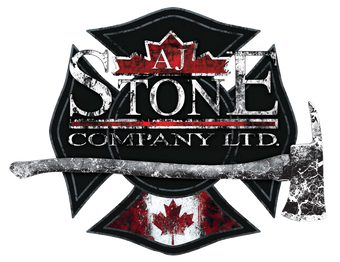How Much Do You Know About SCBA Cylinder Options?

When selecting SCBA units, fire departments consider various factors, including air cylinder options, to align with their SOPs. Key considerations include service time, cylinder size, weight, durability, customization capabilities, and budget.
Service Time:
NFPA 1981 stipulates air supply durations of 30, 45, or 60 minutes. While 2216 psi SCBA units are limited to 30-minute cylinders, higher pressure systems can accommodate 30-, 45-, or 60-minute cylinders.
Gauge Pressure:
Cylinders are available in 2216, 4500, and 5500 psi options. Higher pressure cylinders offer benefits such as lighter weight and lower profiles. NFPA 1981, 2018 Edition sets the EOSTI at 35% pressure across all three options, with potential updates in the upcoming NFPA 1970, 2024 Edition.
Material Construction:
SCBA cylinders are commonly constructed from carbon or composite materials. Luxfer Gas Cylinders provides various options, including standard carbon composite, Eclipse, and Super Light, offering durability and lightweight features.
Connection Types:
Cylinders can connect via traditional CGA threaded connections or through direct or remote connections to the SCBA. Quick-connect options facilitate rapid cylinder changes, often with pre-installed adapters.
Handwheel Types:
Standard and locking handwheel options are available, providing flexibility in valve operation and security in the open position.
Customization:
Departments may opt for cylinder customization, typically featuring department logos in reflective or non-reflective materials for identification purposes.
Understanding the plethora of options ensures SCBAs align with department SOPs and provide optimal respiratory protection. MSA offers a range of air cylinders, including Luxfer's carbon composite variants, with optional customization for department branding.
